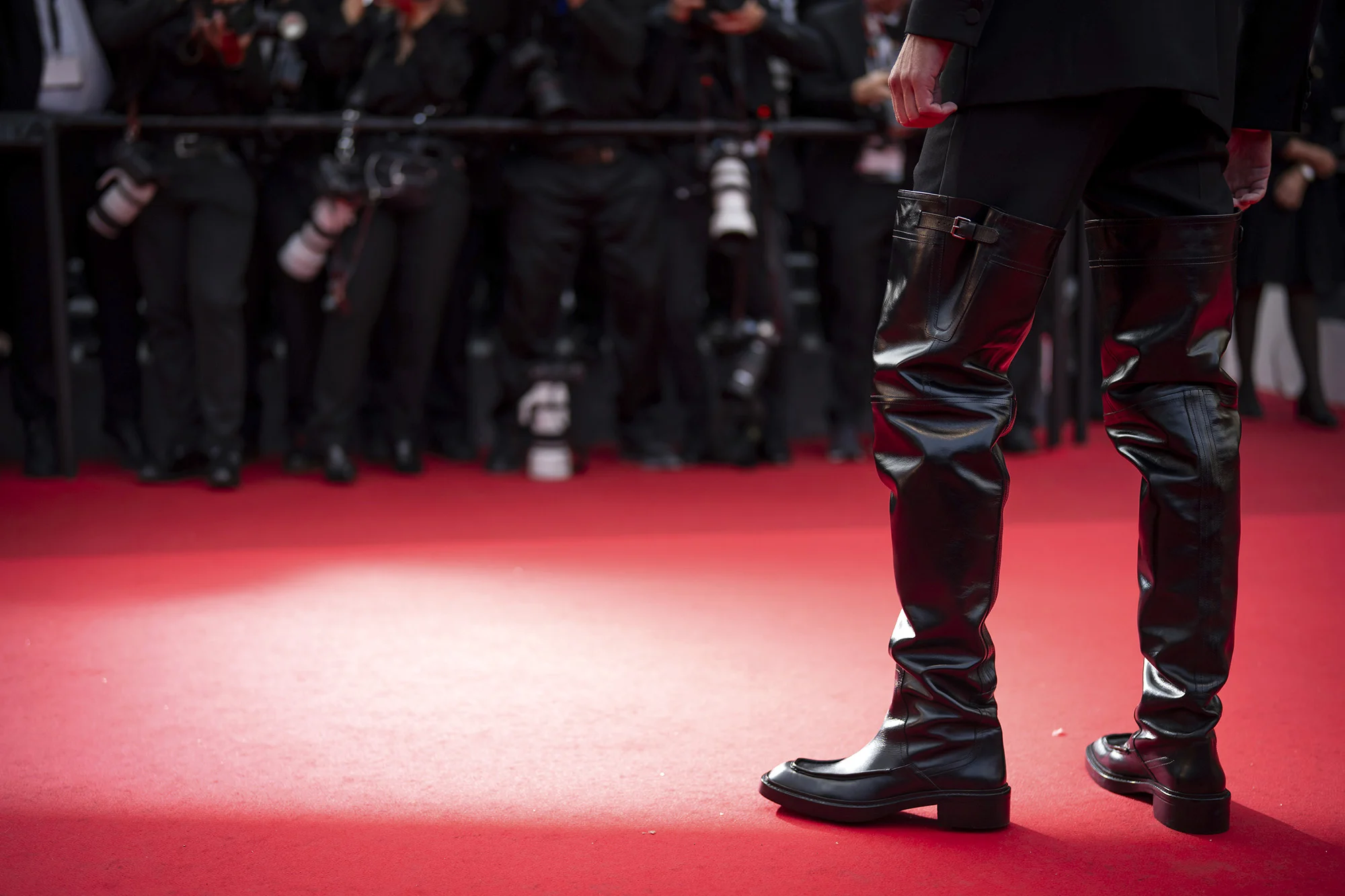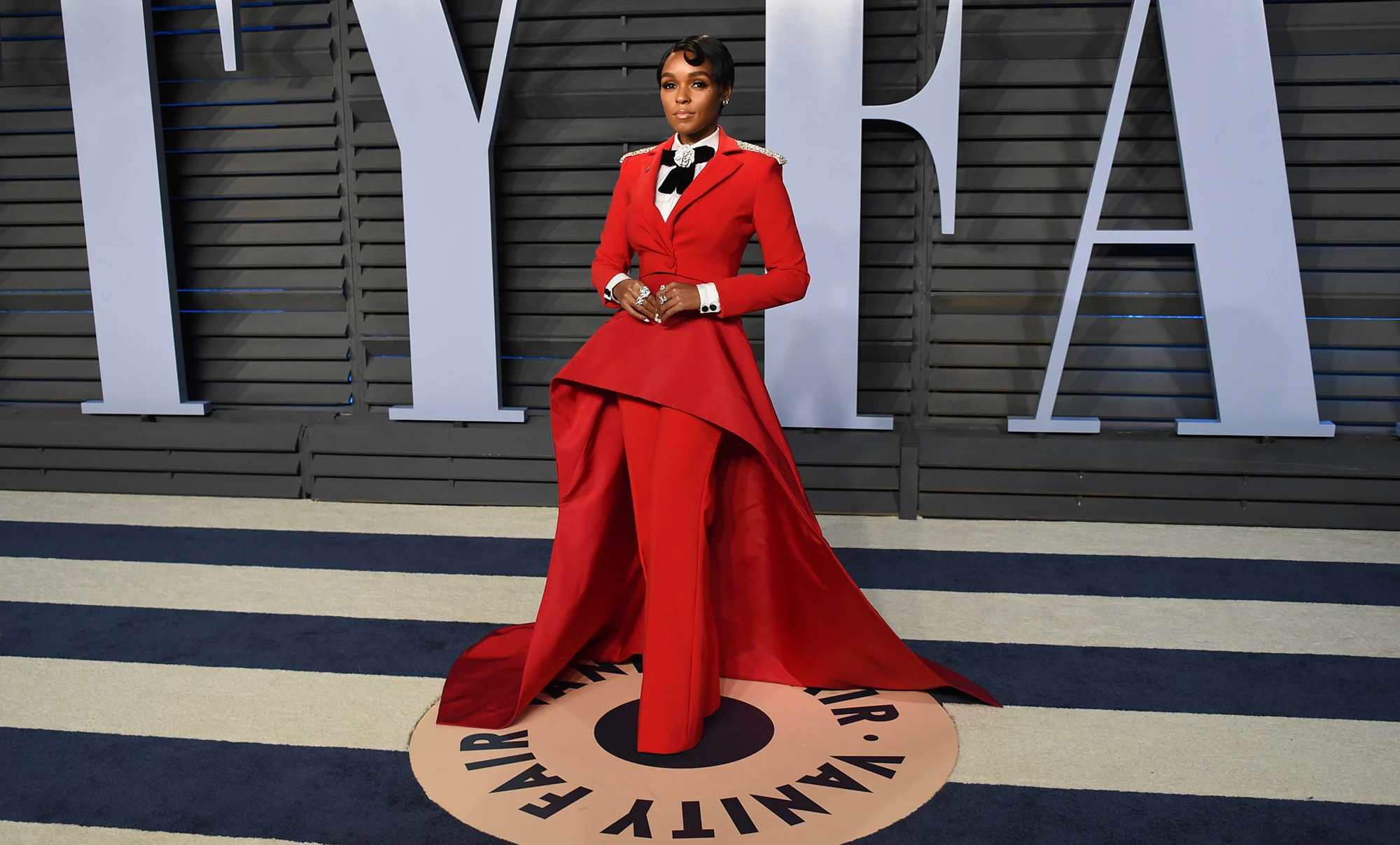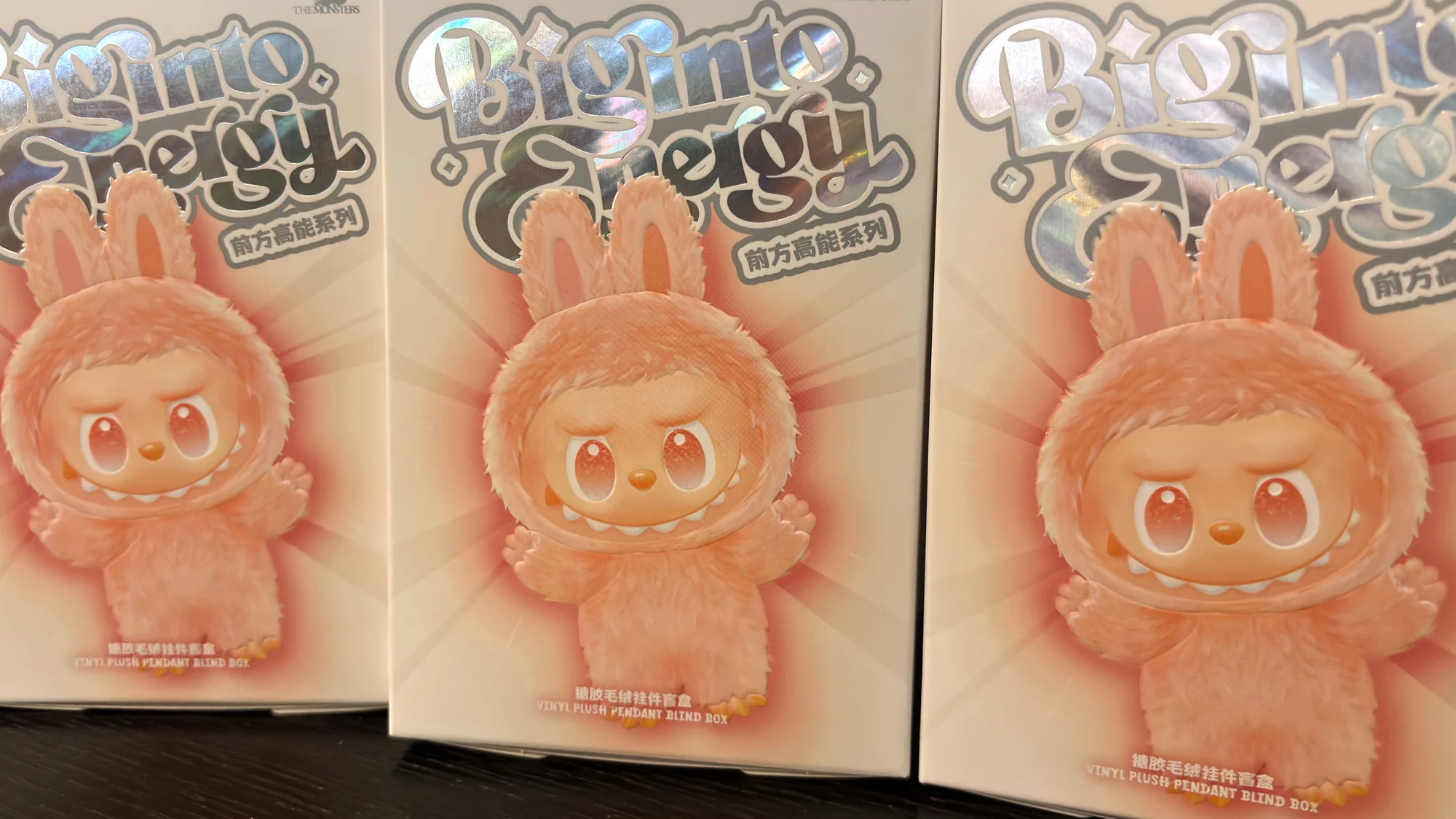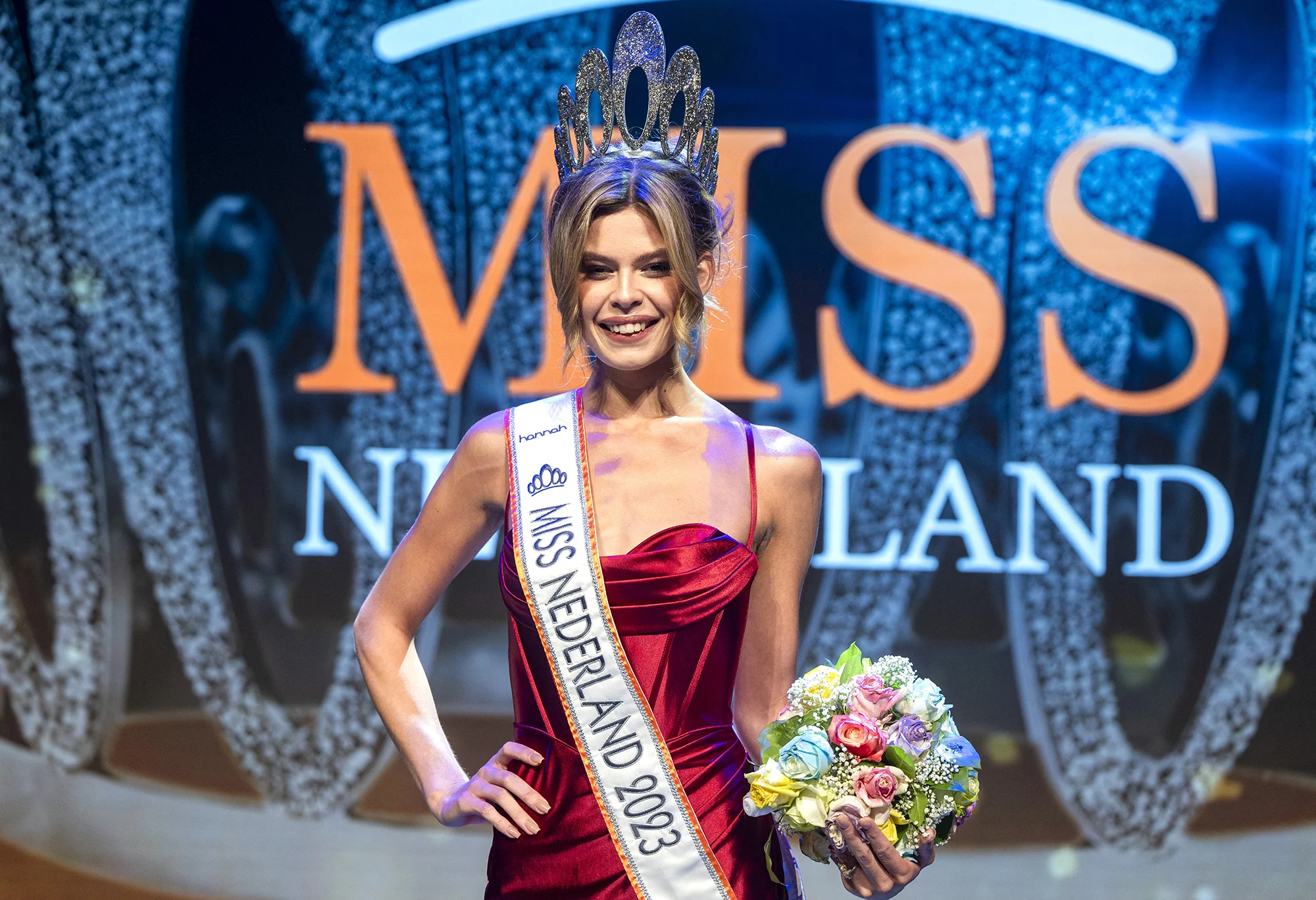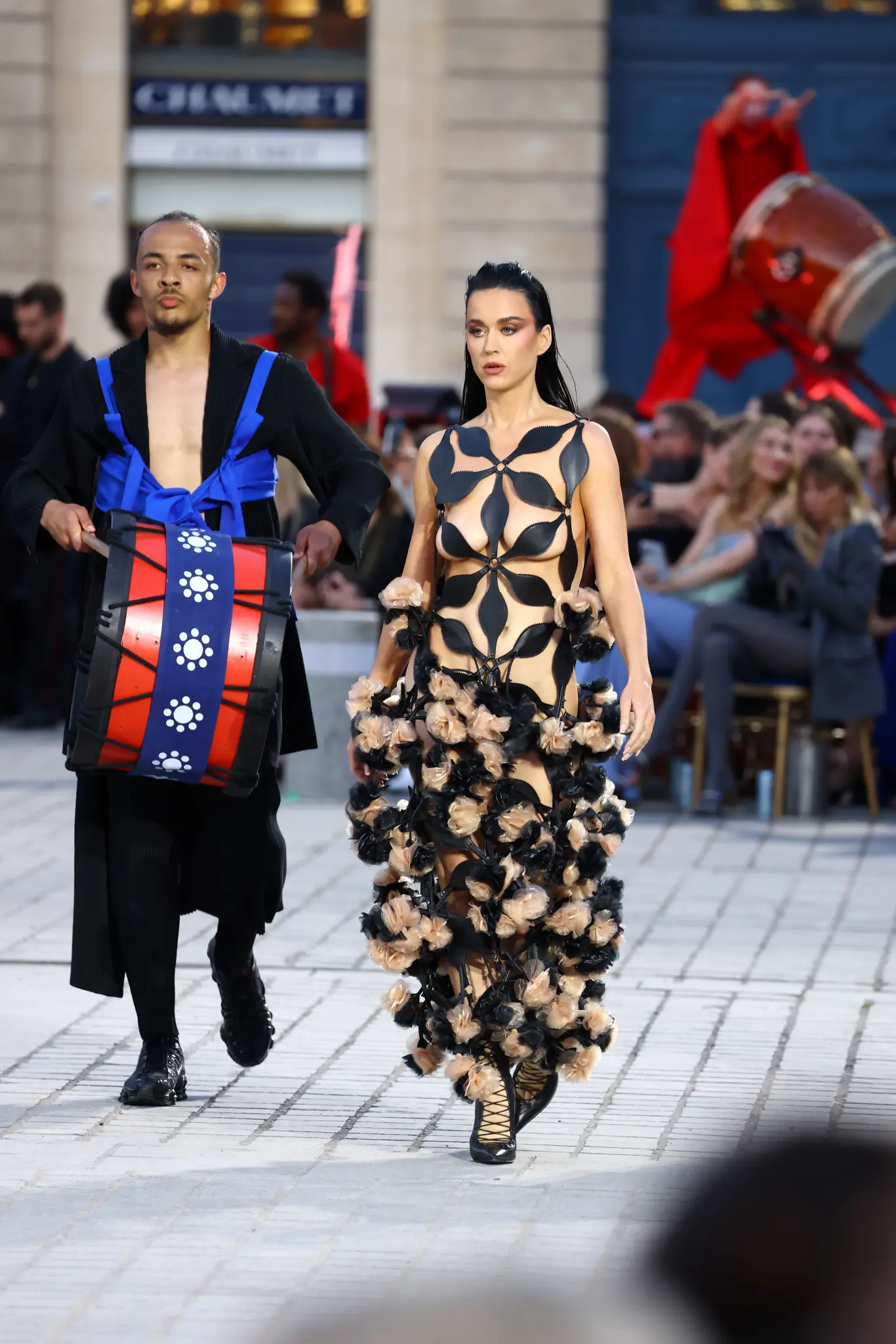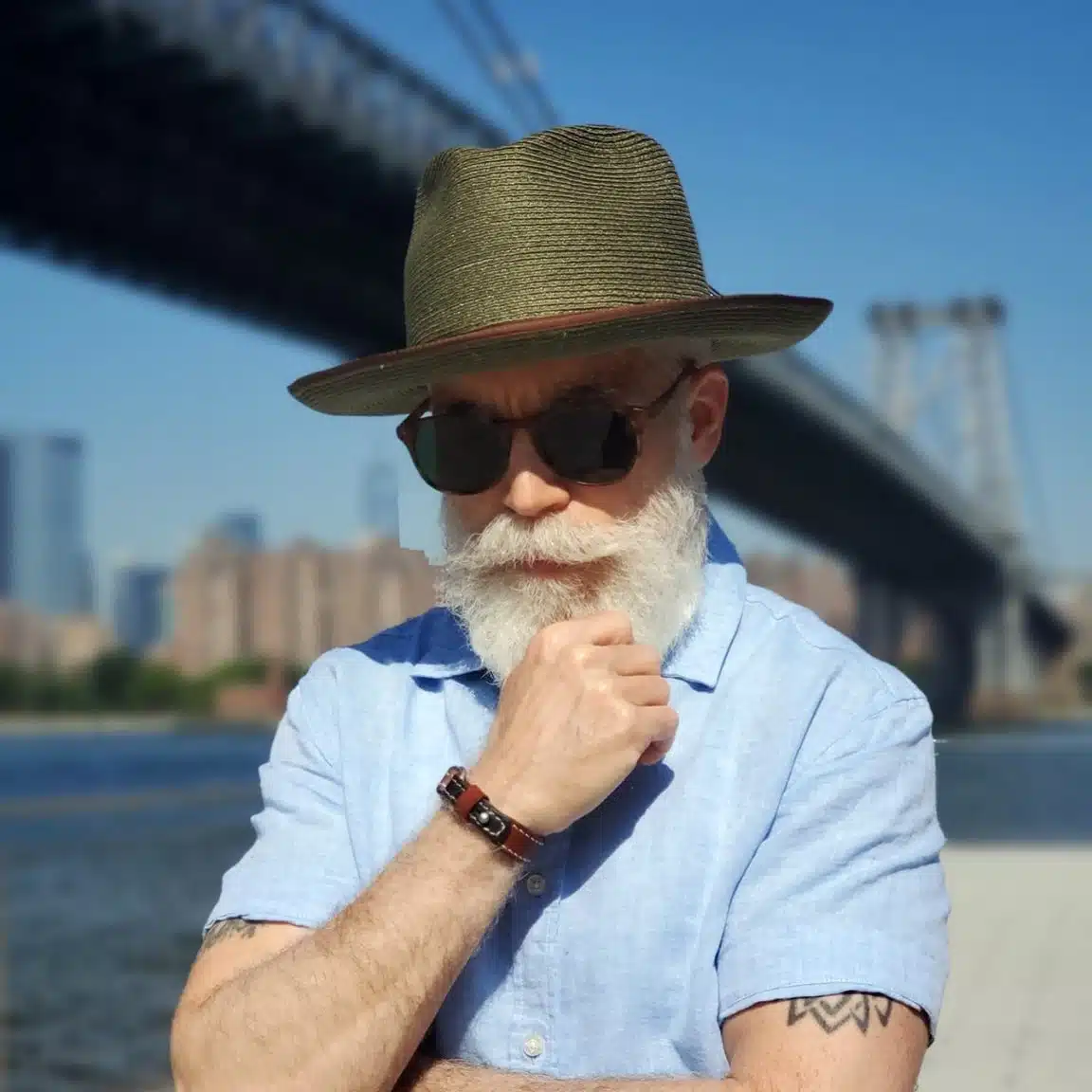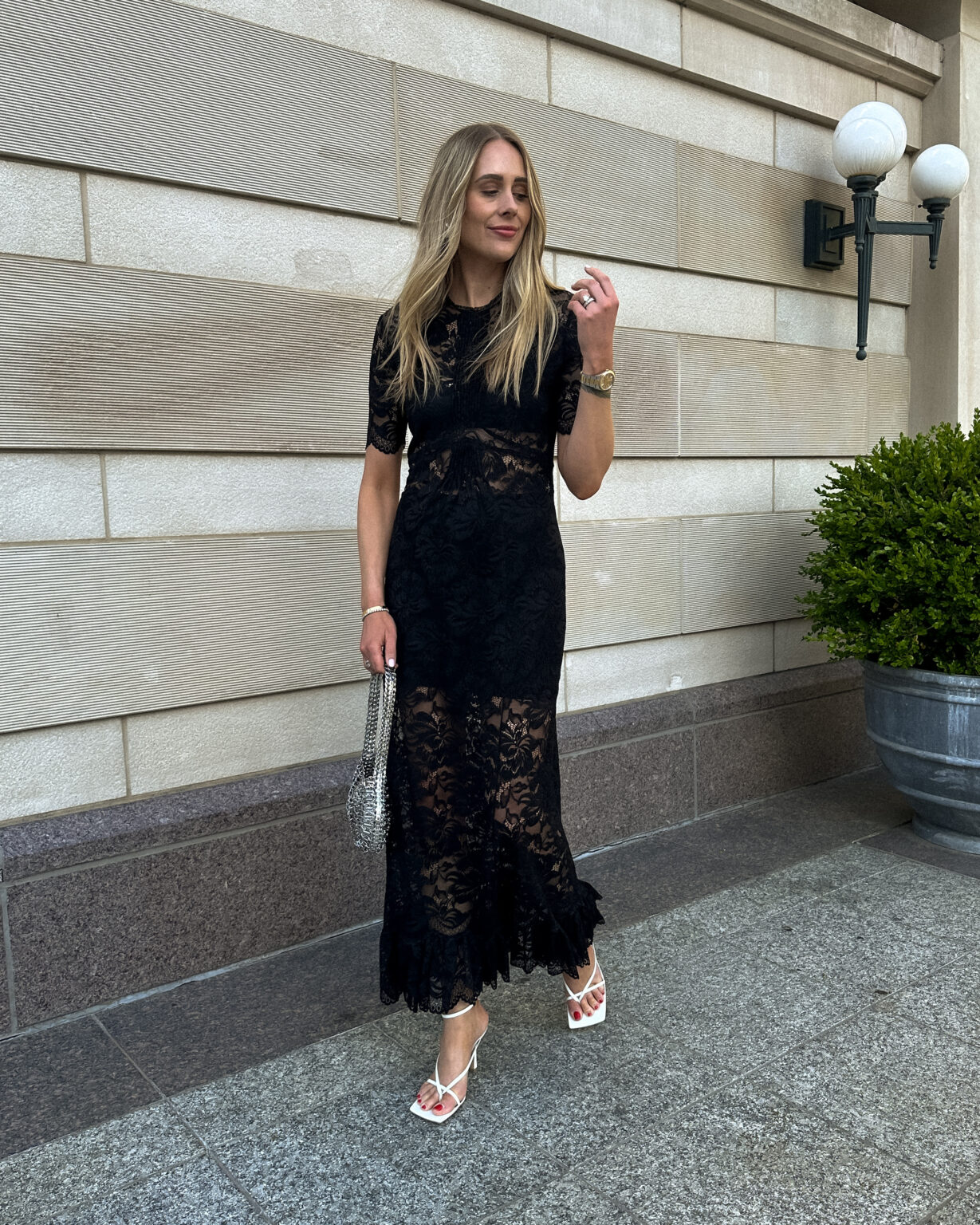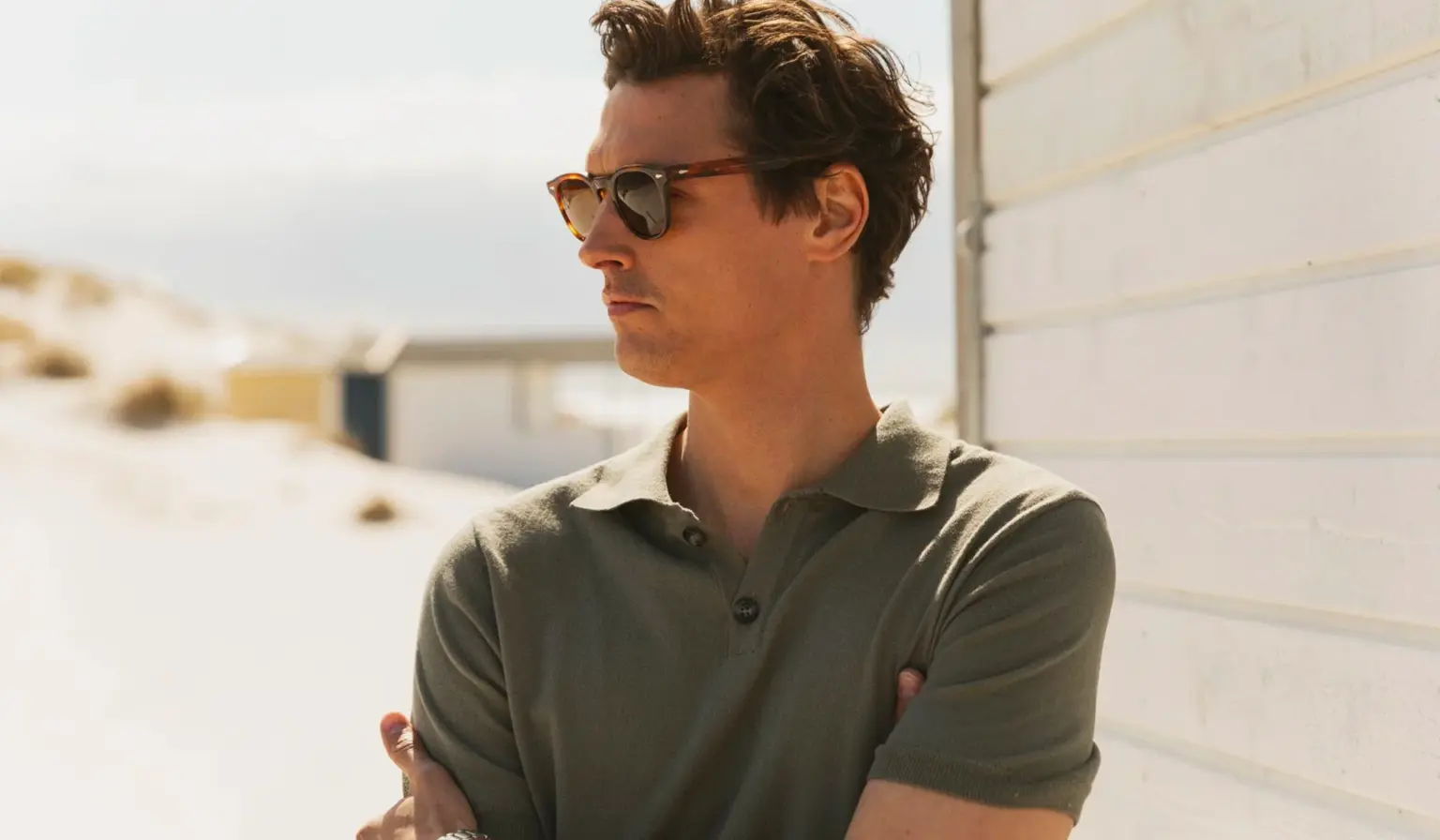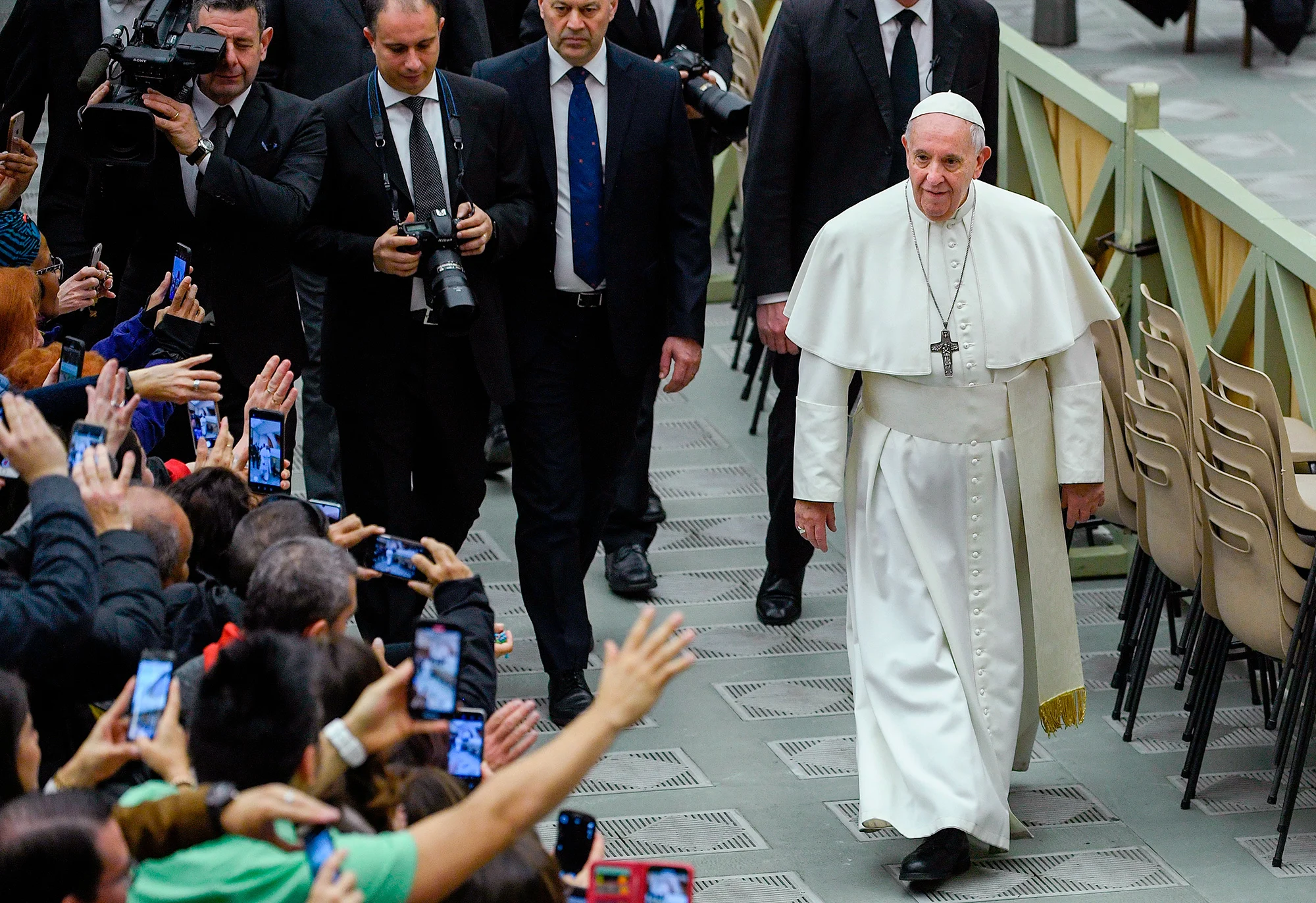
Post By : 2025-05-21"
How Pope Francis became an unlikely fashion icon"
Fashion may not be the first thing that comes to mind when thinking about papal legacies, but Pope Francis, who died Monday, had an individual sense of style — one that didn’t include a cinched Balenciaga-like white puffer jacket (that was AI), but instead, for his unfussy cream-colored cassocks and sensible black leather shoes.
Francis’ choice in footwear was first noted, just 24 hours after he was elected in 2013, by The New York Times, which observed that he had “dramatically shifted the tone of the papacy” with his black shoes — reportedly made by a friend in Buenos Aires, his hometown — and ordinary wristwatch. He quickly became known for his simple, often unadorned regalia, in contrast to his predecessor, Pope Benedict XVI, who opted for gem-encrusted pectoral crosses, bright red designer loafers and archaic accessories — among them, a traditional velvet and ermine camauro that caught attention for its resemblance to a Santa hat.
Accolades for Francis’ style soon followed: The Cut declared Francis the world’s “normcore pope” for his “simple, non-frilly” approach to dressing. He also became the first pontiff to land a Rolling Stone cover, and was dubbed by Esquire as 2013’s “Best-Dressed Man.” Not long after came the countless memes and unauthorized Etsy merch, with Francis’ likeness featured on a slew of T-shirts, sweatshirts and mugs in faux ‘90s bootleg designs.
“While Bradley Cooper, Chris Pine, and Joseph Gordon-Levitt have all had banner years, their sartorial choices begin and end on the proverbial red carpet,” wrote Esquire’s Max Berlinger. “Meanwhile, Pope Francis’s sartorial decisions have subtly signaled a new era (and for many, renewed hope) for the Catholic Church.”
The feature was one of Esquire’s best-performing stories for months, according to Berlinger, who was subsequently invited onto several morning news shows to explain his controversial decision (he declined).
“I just thought it was cool and worth mentioning,” he told CNN in a phone interview. “The Pope before him wore a lot of really ornate, expensive clothing. (Francis) was going to jails and washing the feet of prisoners. I remember thinking that this was part of a bigger shift, and that his clothes were a visual manifestation.”
Practical differences
Before the 2013 papal conclave, Francis, born Jorge Mario Bergoglio, wasn’t even considered as one of the top three frontrunners for the job. He appeared modest, humble and largely flew under the radar. But it was partly this understated demeanor, which differed so greatly to that of his predecessor, that sparked interest. “As the archbishop of Buenos Aires, Bergoglio had never been an especially gifted public speaker,” wrote Mark Binelli in the Rolling Stone’s cover story. “But now that he’s Pope Francis, his recognizable humanity comes off as positively revolutionary.”
"Copyright 2024 All Right Reserved By Urban Reports News
